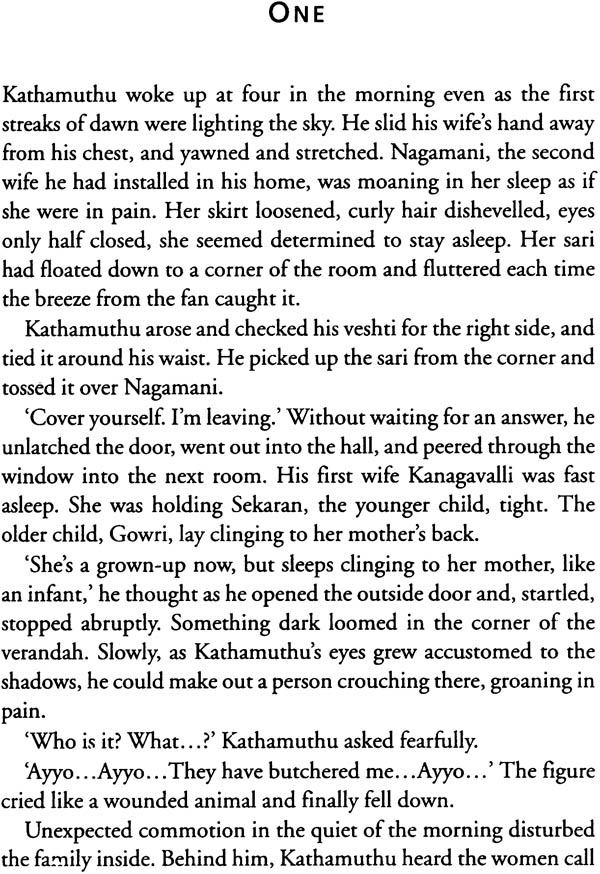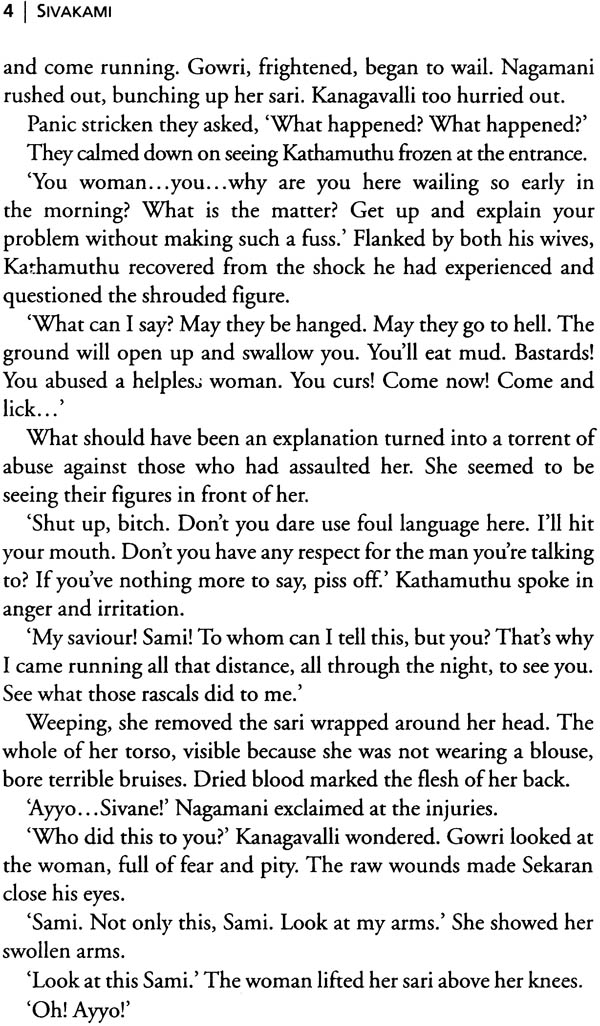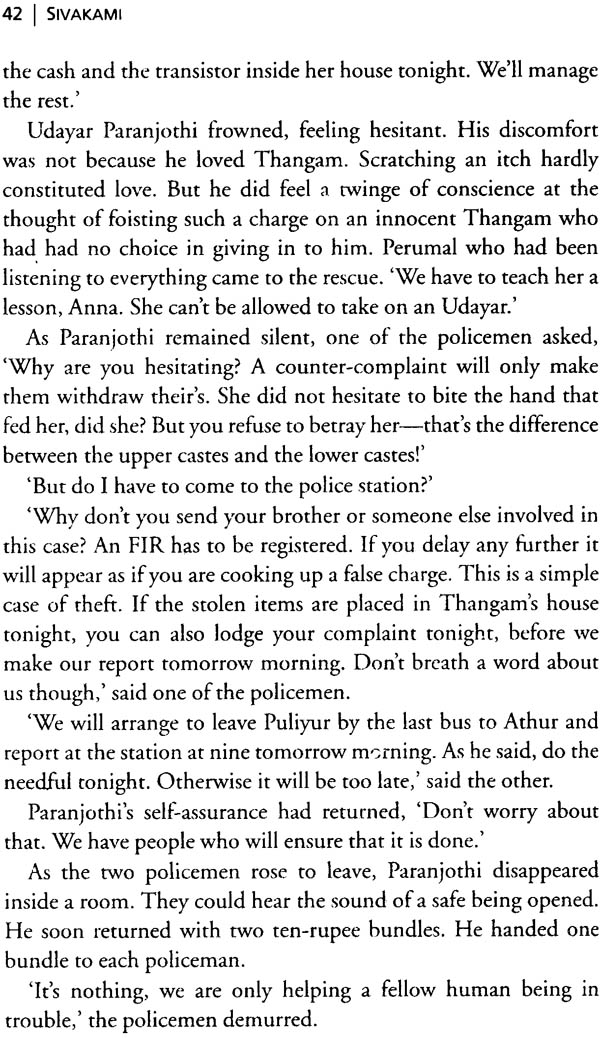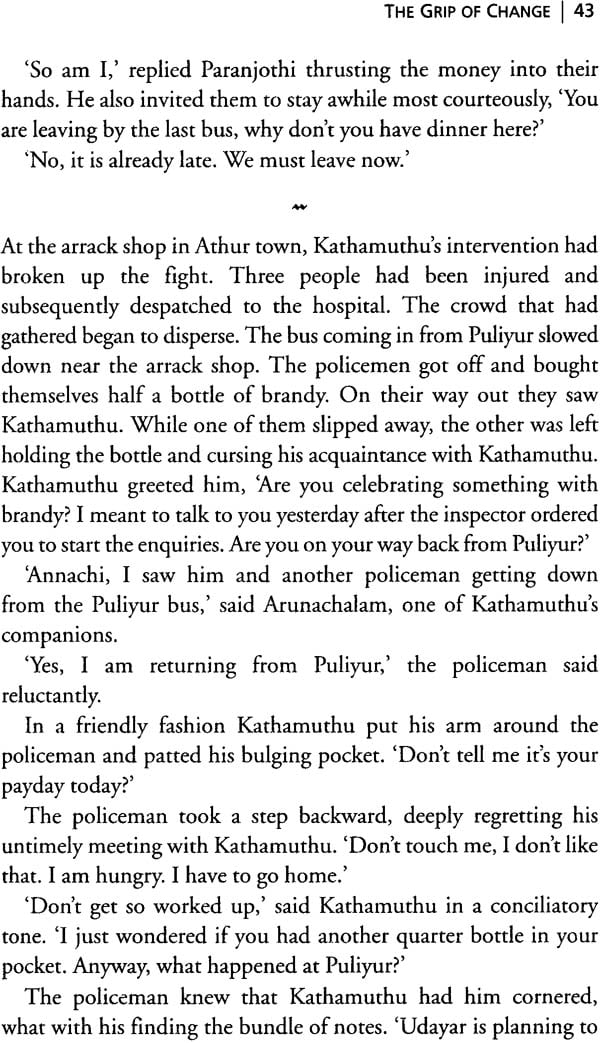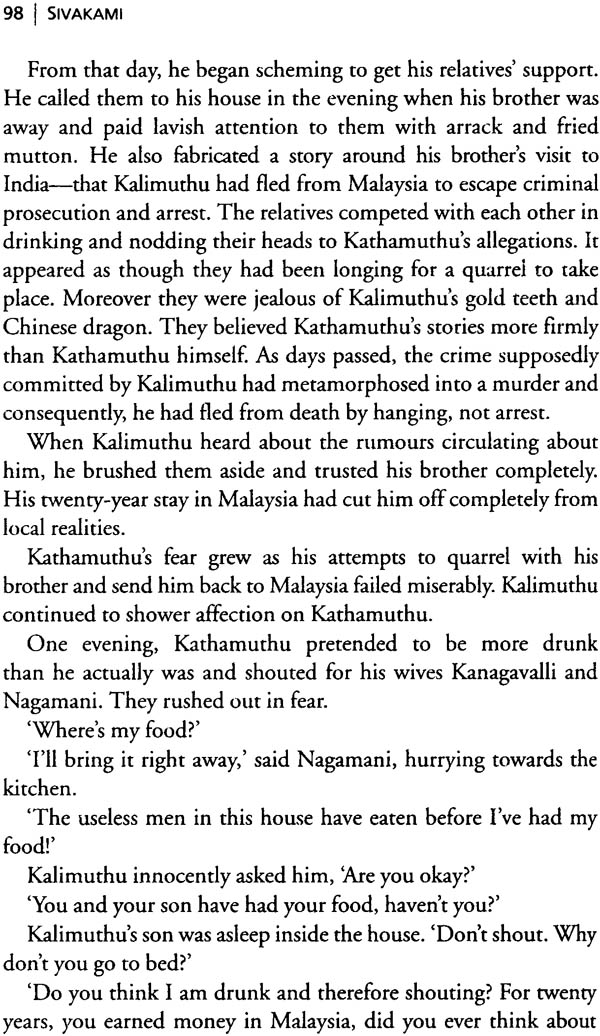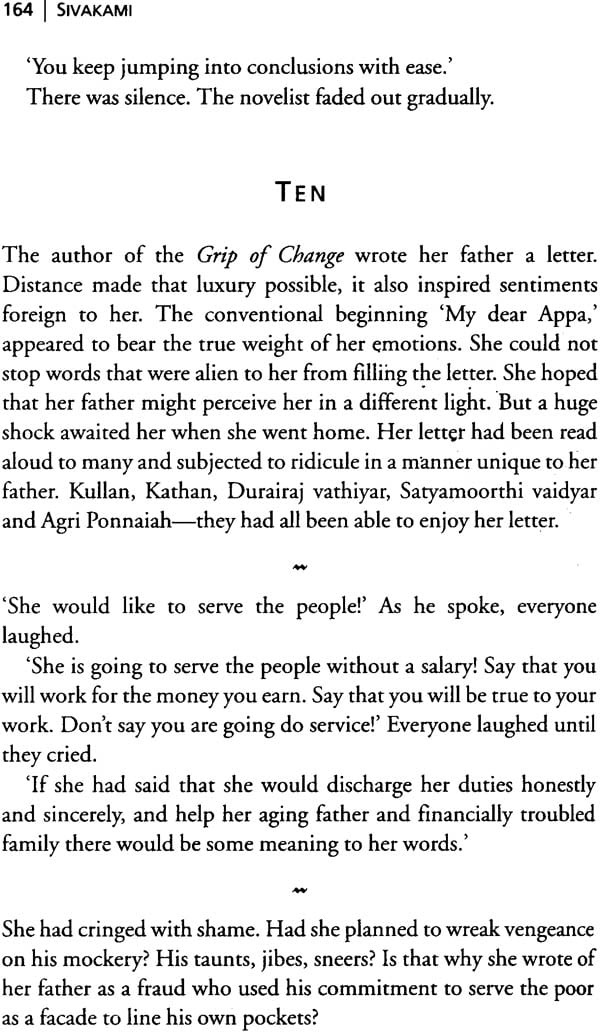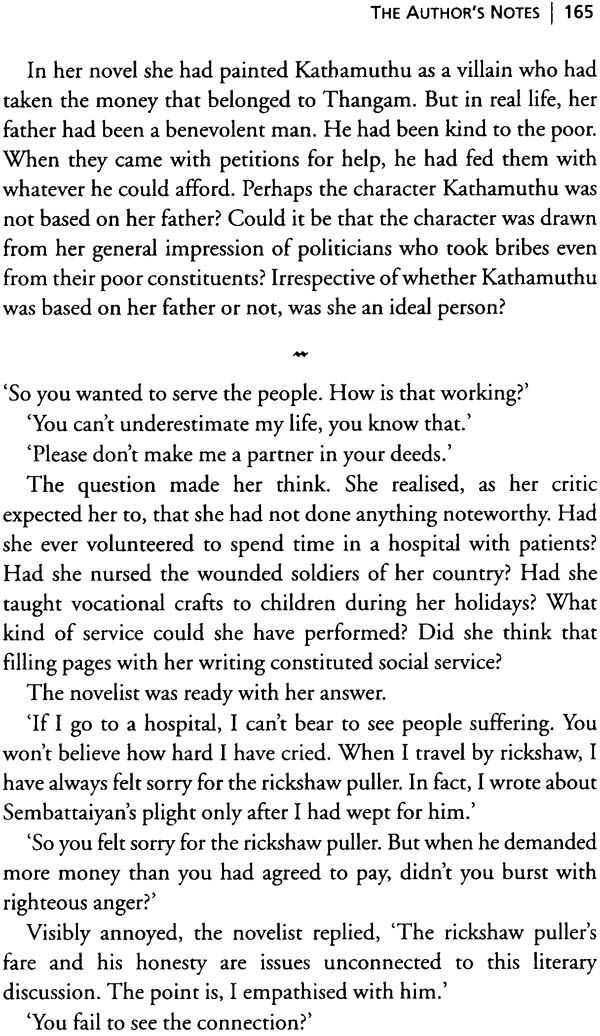
The Grip of Change
Book Specification
| Item Code: | NAI239 |
| Author: | P. Sivakami |
| Publisher: | Orient Blackswan Pvt. Ltd. |
| Language: | English |
| Edition: | 2013 |
| ISBN: | 9788125030201 |
| Pages: | 214 |
| Cover: | Paperback |
| Other Details | 8.5 inch x 5.5 inch |
| Weight | 250 gm |
Book Description
The Grip of Change is the English translation of Pazhaiyana Kazhithalum, the first full-length novel by P. Sivakmi, an important Tamil writer. This translation also features Asiriyar Kurippu, the sequel in which Sivakami revisits her first work.
The protagonist of Book I, Kathamuthu, is a charismatic Parayar leader. He intervenes on behalf of a Parayar woman, Thangam, beaten up by the relatives of her upper caste lover. Kathamuthu works the state machinery and the village caste hierarchy to achieve some sort of justice for Thangam.
The first Tamil novel by a Dalit woman, Pazhaiyana Kazhithalum, went beyond condemning caste fanatics. Sivakami is critical of the Dalit movement and the Dalit patriarchy and yet does not become a ‘caste traitor’ because of her participation in the search for solutions. The novel became an expression of Dalit youth –eager and working for change.
. I am one of the many exploring the inexhaustible mysteries of caste; of course, in my own way. To me, writing still remains a process of understanding and sharing. This process has seldom extinguished the desire to move events to their logical conclusion, and the desire for philosophical progression. From there, the journey begins again.
I wrote the Tamil novel, Pazhaiyana Kazhithalum, when I was twenty-six. But when I read it later, I found that my expressions were limited to that of a seventeen-year-old girl. Perhaps due to the fact that I could not stretch myself to the distant past with ease and fluency, and the present proved to be tough meat to chew.
After about ten years, I went back to my novel as a third person, with the hope that I could see the author more objectively. The second book, Asiriyar Kurippu, is the result of such an attempt. To my surprise, in spite of my efforts to analyses the novel critically, I found that I had actually ended up justifying my views. Thus the novel, The Grip of Change, is a process of understanding the dynamics of caste and the ‘woman’ who was inextricably involved in the process.
That it is natural for me as a Dalit and a woman—factors decided by birth—to write about those factors. And thereby I firmly place myself within a circle, influencing the politics surrounding those factors.
I understand that it is the need of the hour and the requirement of the future.
I also understand that I need to continue with my efforts not only in creative writing but also in other spheres.
I am glad that I could translate this into English for a wider readership. I thank my friend Vivienne Kendrick, and R. Sivapriya of Orient Longman, who have helped me greatly with the translation. I think S.Anand for helping my manuscript find a publisher. I thank C.S. Lakshmi and Meena Kandasamy for contributing their readings.
| Preface | vii |
| Book 1 | |
| Kathamuthu: The Grip of Change | 1 |
| Book 2 | |
| Gowri: Author's Notes | 129 |
| Appendix: Two Readings | |
| 1. And one shall live in two.. | 193 |
| Meena Kandasamy | |
| 2. Once upon a time there was a novel | 198 |
| C.S.Lakshmi | |
| Glossary | 202 |
